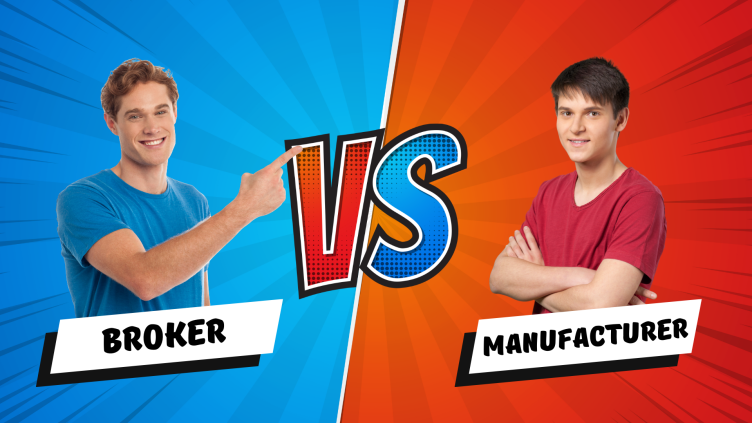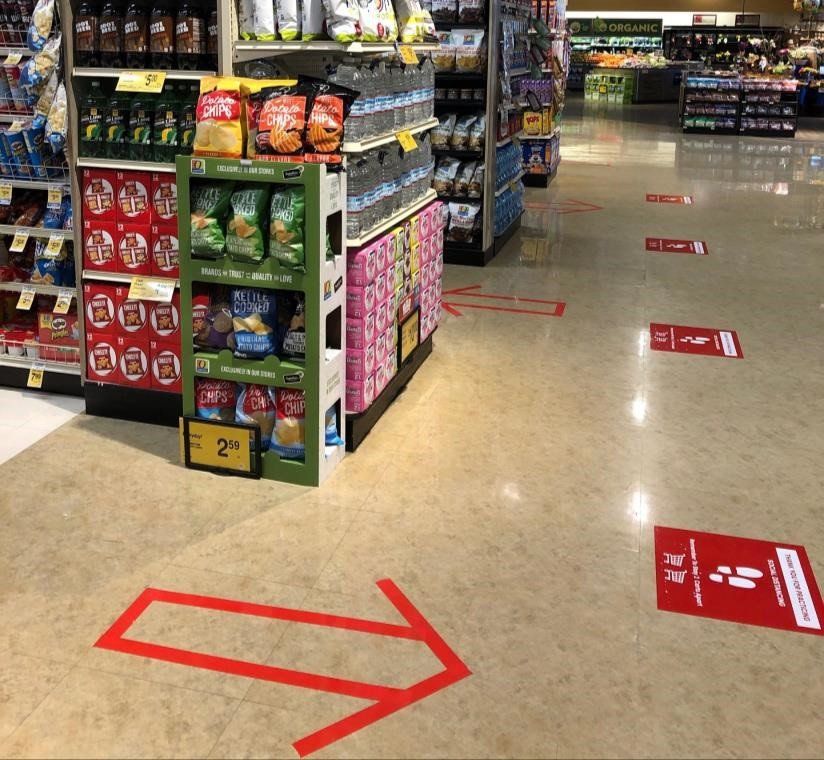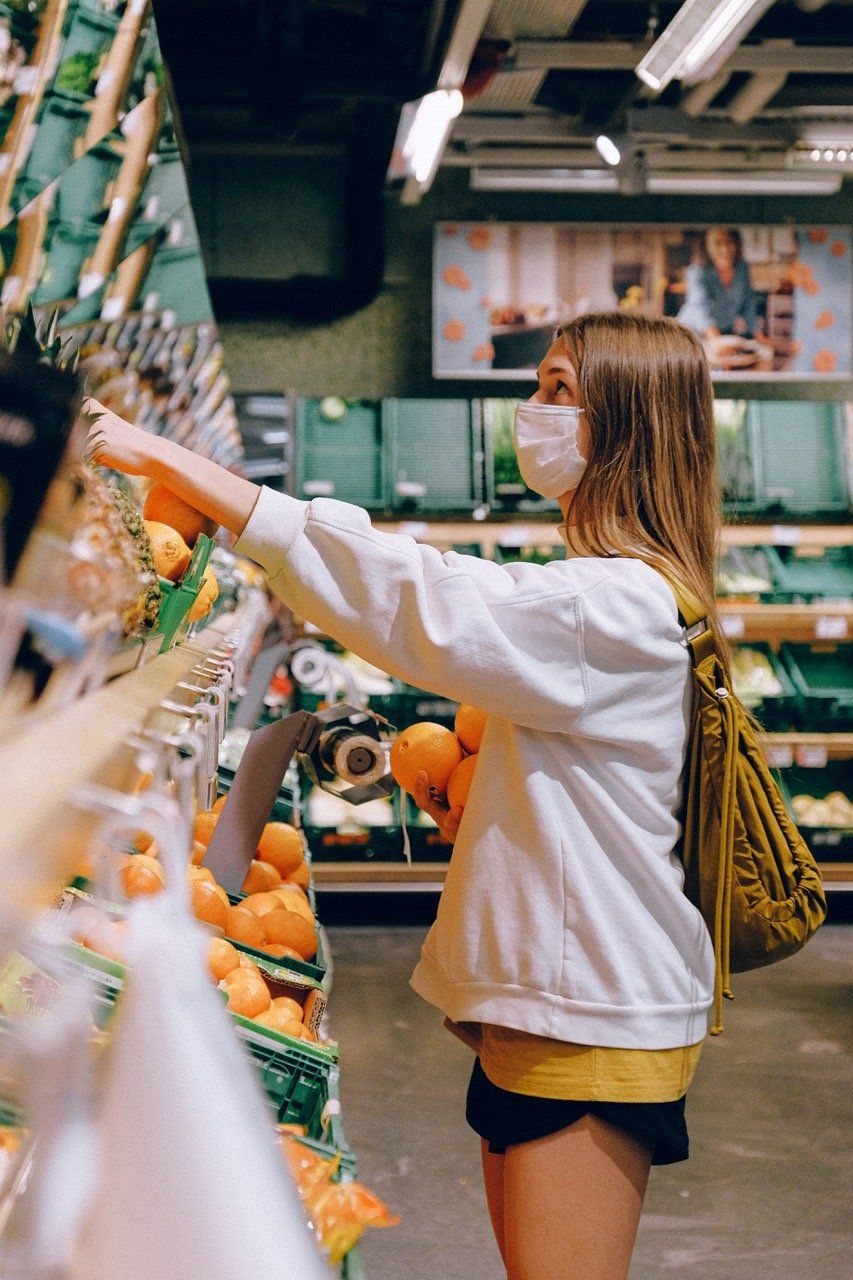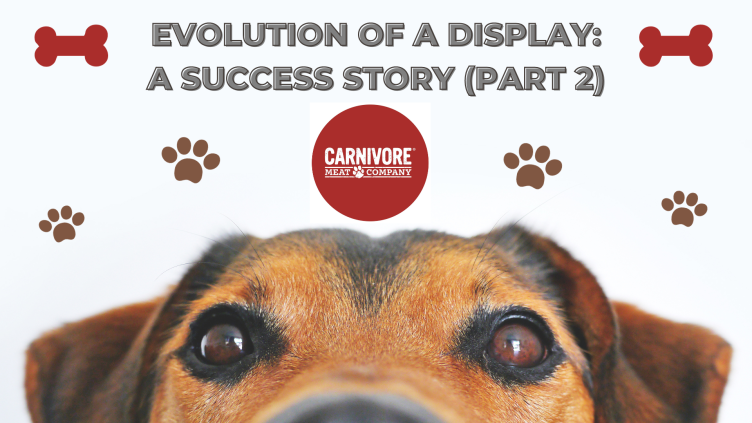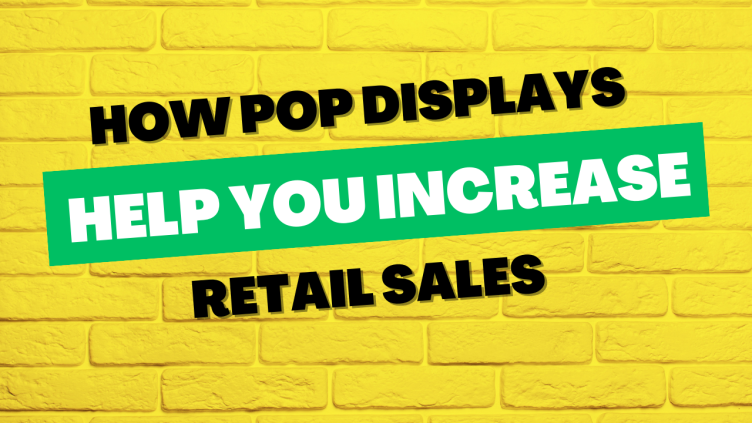
Rhino Global Solutions on The Power of Well-Designed Displays
August 5, 2024
In the competitive world of retail, the battle for consumer attention is fierce. Manufacturers are constantly seeking innovative ways to stand out and capture the interest of shoppers. One of the most effective strategies is through the use of well-designed, attention-grabbing displays. These displays not only enhance the aesthetic appeal of a store but also play a crucial role in driving sales and securing retail partnerships.
Gaining Entry into More Retail Stores
For manufacturers, creating eye-catching displays is essential to gaining entry into more retail stores. Many retailers will not even consider stocking a new product unless there is a compelling display to support it. According to a study by Point of Purchase Advertising International (POPAI), 82% of purchasing decisions are made in-store. By investing in creatively designed, well-lit, and strategically placed displays, manufacturers can captivate shoppers and make their products more attractive to retailers.
Studies have shown that consumers are more likely to buy products from displays that catch their eye. A Nielsen study found that displays can increase product sales by up to 62%. These displays can highlight new arrivals, seasonal items, or special promotions, making it easier for customers to discover products they might not have noticed otherwise. In essence, a well-executed display acts as a silent salesperson, enticing shoppers and guiding their purchasing decisions.
Benefits: Securing Larger Initial Orders
One significant advantage for manufacturers investing in point-of-purchase (POP) displays is the ability to secure larger initial orders from retailers. Recognizing the potential of a well-designed display to boost sales, retailers are more likely to agree to substantial initial orders to stock these displays.
Manufacturers can leverage this opportunity by dictating the order amount, ensuring their products are prominently featured in the store. This arrangement benefits both parties: retailers get an effective tool to drive sales, and manufacturers achieve higher initial sales volumes. According to the Harvard Business Review, properly designed displays can boost sales by up to 20%. This mutually beneficial relationship underscores the importance of collaboration in creating impactful displays.
Capturing Customer Attention and Driving Purchases
The ultimate goal of any retail display is to attract customers and drive purchases. An eye-catching display serves as a magnet, drawing customers into a specific area of the store. Once engaged, the chances of purchasing the showcased products increase significantly.
Consider a vibrant, well-organized display of new products. The attractive arrangement, combined with informative signage and appealing packaging, captures the customer's interest. They stop, explore the products, read the labels, and ultimately decide to make a purchase. Without the display, these products might have gone unnoticed on a regular shelf.
Moreover, well-designed displays can create a sense of urgency. Limited-time offers, seasonal themes, or exclusive collections showcased in a display can encourage immediate purchases, fearing they might miss out on a good deal. This urgency further drives sales and helps retailers meet their revenue targets. A study by the Journal of Marketing found that creating a sense of urgency can increase sales by up to 35%.
Conclusion
For manufacturers, well-designed, attention-grabbing displays are a powerful tool in the retail arsenal. They not only boost sales by capturing customer interest but also enable manufacturers to secure larger initial orders and expand their retail presence. By investing in innovative and creative display solutions, manufacturers can enhance the shopping experience, drive impulse purchases, and ultimately achieve greater success in a competitive market. The synergy between eye-catching displays and effective product presentation is a win-win for both retailers and manufacturers, underscoring the vital role of visual merchandising in the retail industry.

